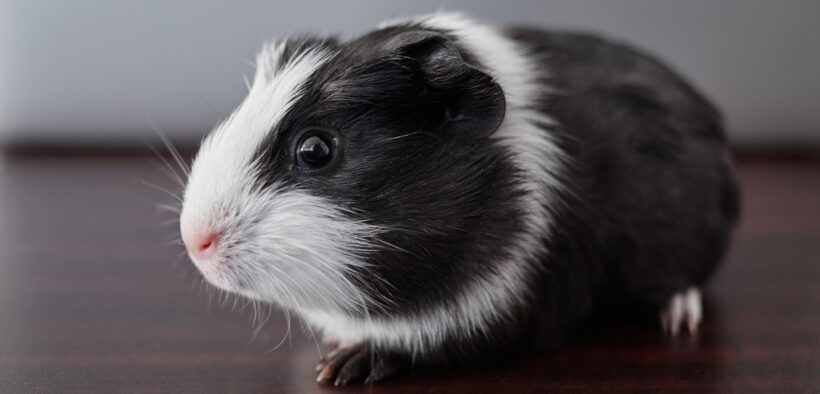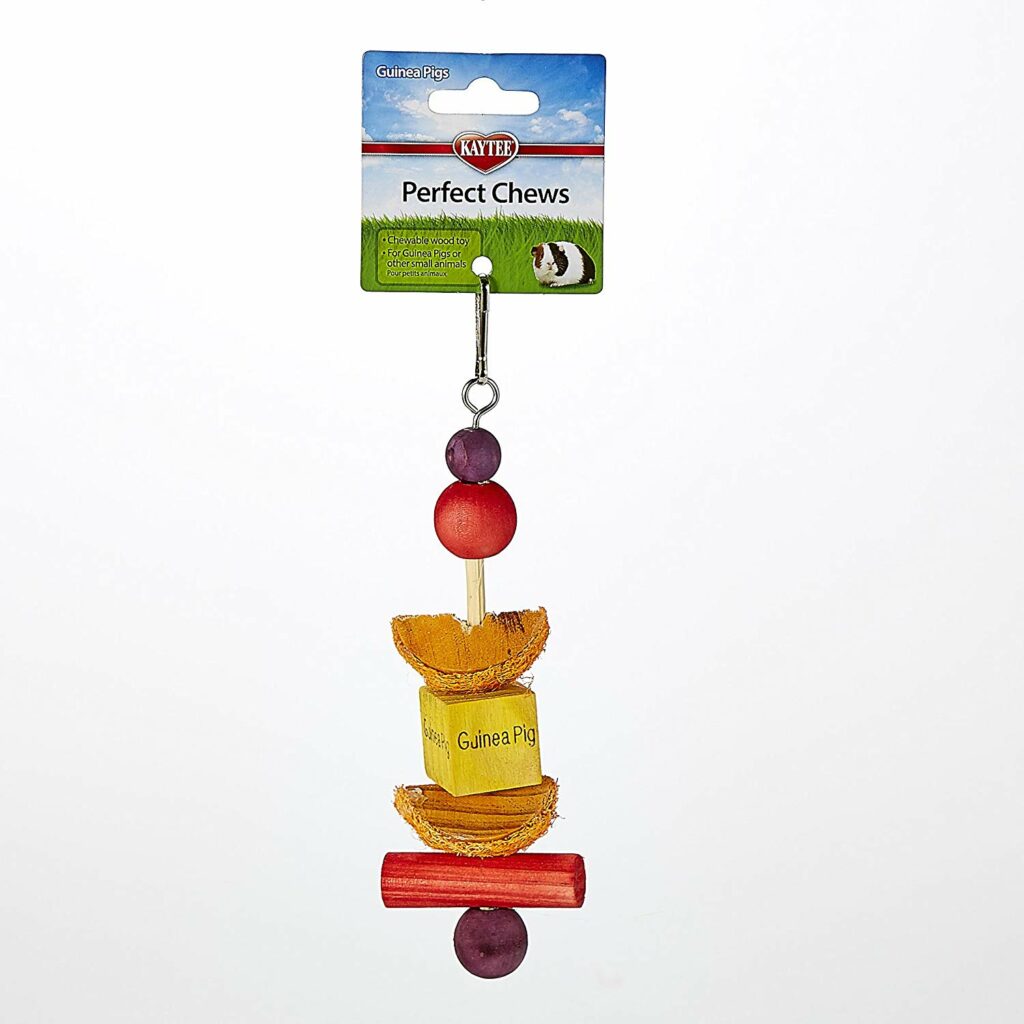American Guinea Pig
Share

The American, sometimes referred to as the “English” cavy, is the most common breed of guinea pig, as well as one of the oldest.
Their coat is short, smooth, straight, and sleek. It is found in a wide variety of colors and color combinations and has a Roman nose (wide and somewhat hooked). Its body is medium length and about the same circumference from the shoulder back to the hip.
American guinea pigs are entertaining and they respond well to handling. They also tend to get along really well with other breeds of guinea pigs, which make them a fan favorite. These little guys love to clown around and be a part of your life, so be sure you plan on giving them lots of attention.
[su_icon_text url=”#”]The American Satin has the same appearance as the American, but the coat is fine, dense, and soft, with a glossy sheen, and feels like satin to the touch.[/su_icon_text]The American Satin has the same appearance as the American, but the coat is fine, dense, and soft, with a glossy sheen, and feels like satin to the touch.
The Guinea pigs we have as pets today are descendents of the Tschudi Guinea Pig from South America and much of their ancestry can be traced back to a single guinea pig!
The American is the oldest breed of guinea pig. They were first domesticated around 5000 BC in the Andes, but it wasn’t until the 1500s that humans began to selectively breed Guinea pigs, creating several different varieties.
The body of the American guinea pig is quite similar to the Teddy Guinea Pig in length and size. They have a very happy disposition and enjoy being around people.
Grooming
The short, smooth coat of the American guinea pigs do not require as much grooming, and tend to be low maintenance pets. Keep their coats shiny by brushing with a soft brush once every few days.
[bt_taglinebox style=”top” width=”500″ font_size=”12″ text_color=”#5b5b5b” title=”Clipping Nails” title_color=”#259b9a” align_center=”no” bgr_color=”#f6f6f6″]Clip your guinea pig’s nails once a month to stop them from growing too long.[/bt_taglinebox]Colors
The American Guinea Pig sports a wide variety of colors and patterns, and any of the nineteen Guinea pig colors are acceptable for showing. Usually, the Satins are found in Self (single color), although they may also sport various patterns.
Diet
American guinea pigs eat a standard guinea pig diet of fresh hay, vitamin c pellets, fresh water, veggies and fruit.
Guinea pigs need to be fed twice a day; once in the morning and once in the evening. It’s important to research the needs of your guinea pigs as they each may require different things to live a healthy, satisfied life.
Fresh fruit and raw vegetables should be offered to your guinea pig each day, as they make great chews and your guinea pig needs plenty of things to chew on as their teeth grow continually.
Improper diet is the leading cause of illness in guinea pigs. Be sure you’re feeding them a high-quality pellet food that is specifically designed for the breed, such as Oxbow Cavy Cuisine Adult Guinea Pig food.
Commercial guinea pig pellets should make up the bulk of your pet’s diet as they are nutritionally complete, easily found at pet supply stores, and made from plants, seeds and veggies.
Guinea pigs need fresh hay available at all times. Timothy hay makes a good edible choice and can be found in the form of cubes or loose bags of hay.
Housing
AGuinea pigs need at least eight square feet of floor space in their cages. They must have solid flooring as wire flooring can injure paws and break legs. Since guinea pigs are “prey” animals, they have two responses to a threat: Freeze in place or run away. This is why it’s very important that your guinea pig be able to move quickly without fear of being caught up on a wire. Your guinea pig will chew, so avoid cardboard boxes and be sure to inspect cage periodically.

Paper or pine bedding should be provided to allow your guinea pig plenty of comfortable nesting. Clean the cage at least once a week (twice a week is better) to remove any soiled bedding, food, or droppings. Each week, you’ll need to remove the old bedding, scrub the cage with warm water and rinsing thoroughly. This will help reduce odor and eliminate possible health problems.

Choose fun, chewable, interactive toys for your Guinea pig
Training
American guinea pigs are quite receptive to training and if you take your time to be affectionate towards them and let them get to know you, they will work hard to please.
They do enjoy time outdoors but must be watched very carefully at all times since they can easily fall prey to birds and other types of predators. Never leave them unattended or take them outside without watching them like a hawk!
Be sure you keep them mentally stimulated with plenty of toy, raw blocks of wood they can chew on, and offer plenty of ways they can get exercise.
Guinea pigs are very sensitive to both heat and cold, so be sure you keep them in an area that is away from windows and near a consistent form of heat or air-conditioning, without having it blowing on them.







